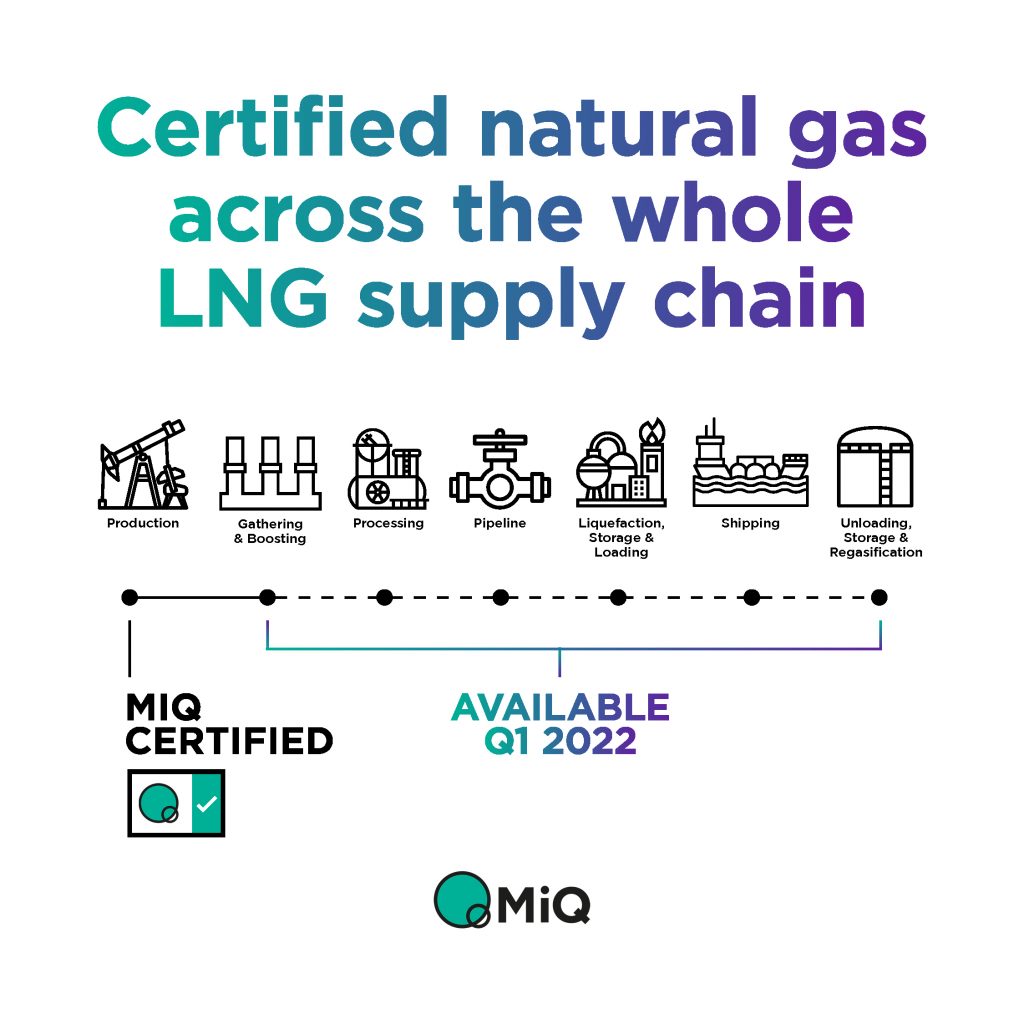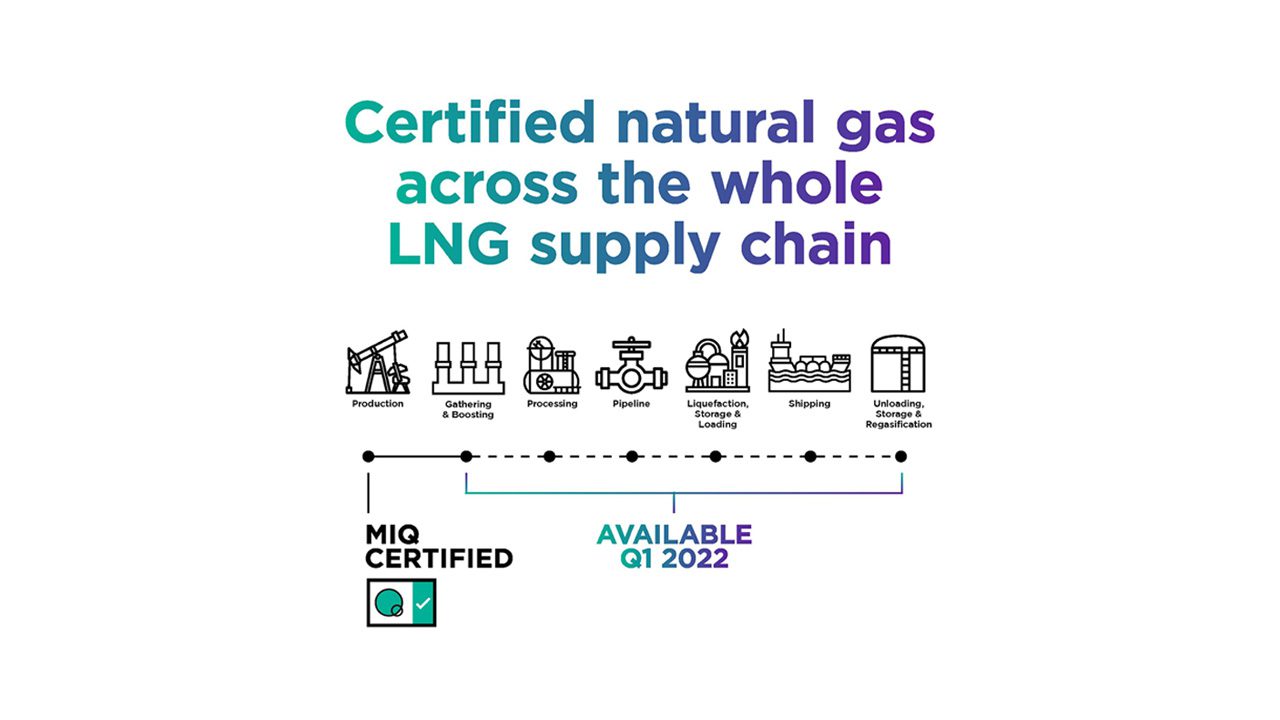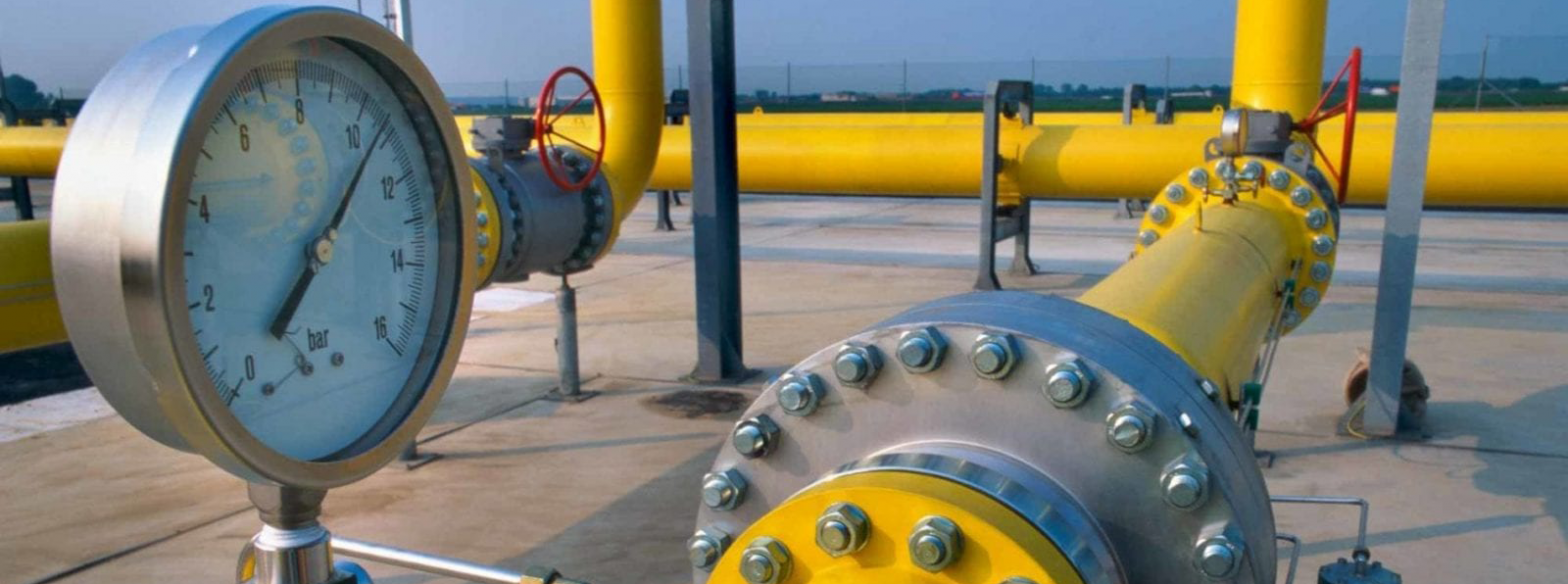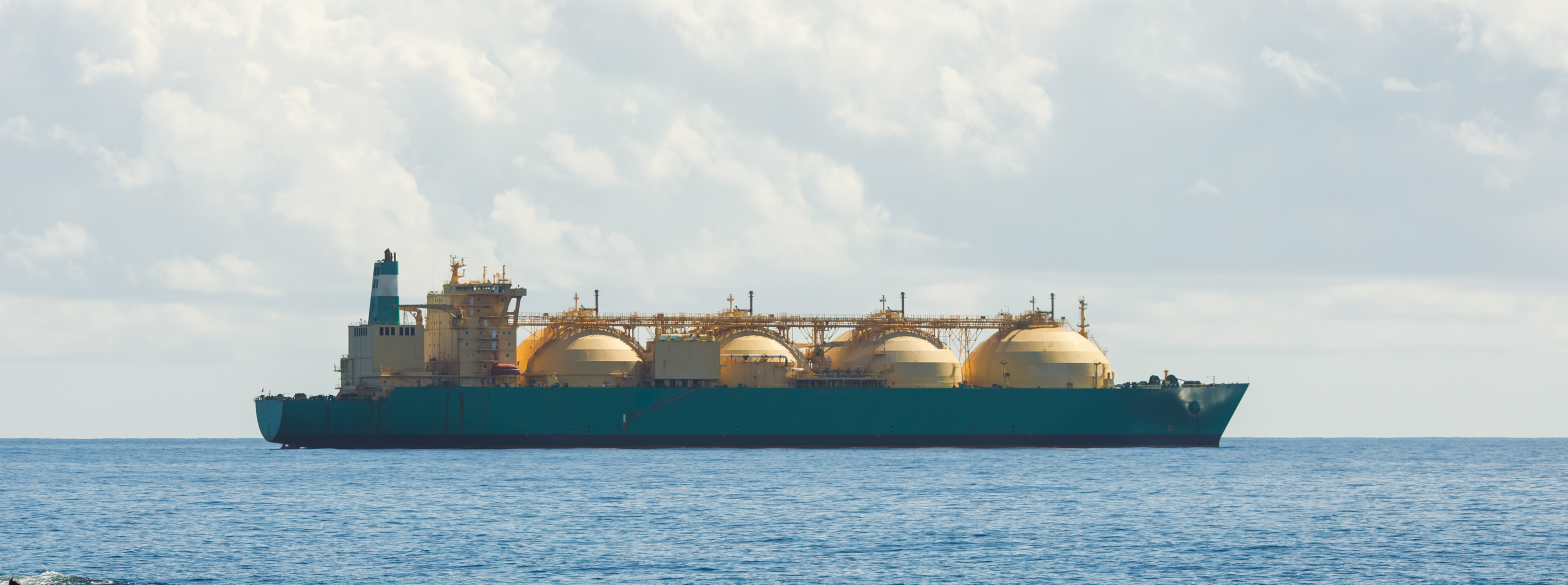Why does it matter?
‘Guesstimation’ works for some things. For example, how many tennis balls would fit in a bus? You could probably guesstimate that. Or to work out how many gallons of white paint are sold in the U.S. every year.
Or, if you really wanted to know, how many square feet of pizza are eaten in the United States each month. Guesstimation really is fine for some things.
What it’s not fine for? Keeping tabs on the emissions damaging our planet.
Methane emissions are 84x as damaging in climate change terms than CO2. And they happen across the whole natural gas supply chain – right from production at the start, through transportation and into the end destination where the gas is eventually used. To fully understand its climate impact, guesstimation just won’t cut it.
Recent announcements show the LNG (Natural Gas that has been cooled to a liquid state, at about -260° Fahrenheit, for shipping and storage) sector is working hard to try to understand the emissions associated with the commodity. The reporting frameworks for delivered LNG cargoes designed by GIIGNL and SGE, published in November last year, demonstrate the way things are heading. These reporting frameworks set out clear criteria for reporting GHG emissions and methane emissions must be included as part of the frameworks.
The LNG sector is global, so an operator’s emissions reporting and GHG assessments need to account for emissions in supply chains crisscrossing the world. If a buyer in Europe purchases U.S. LNG, they need to be able to account for the leakages that occur as the gas travels to Europe.
As a result, the frameworks also leave some unanswered questions for operators trying to adopt the new system: how can I get the data to feed into these frameworks? Do I need to design entire new systems for understanding my emissions? Does this change lock us out of the market?
MiQ’s Certified Supply Chain
MiQ’s Certified Supply Chain is designed to help solve the conundrum for operators and end the unhelpful practice of guesstimation. The system assesses data points across the whole supply chain, from wellhead to midstream to LNG regasification, providing the sector with the data it needs to use in the GIIGNL and SGE frameworks.

How does it work?
MiQ’s aim is to incentivise reductions by bringing transparency on methane emissions to the global gas market.
MiQ Certificates – held on MiQ’s Digital Registry – hold the crucial information that creates transparency. Each facility, from production to boosting and gathering, processing, transmission and storage, liquefaction, LNG shipping and regasification is audited and is given a methane intensity grade that feeds into the overall grade for the MiQ Certificate. Certificates are issued for production monthly and include an assessment of the methane intensity of each batch of gas produced.
The overall grade that each batch of gas receives is based on the methane intensity scores from all the segments along the supply chain. For example, a batch of gas that has a low methane intensity in production will intrinsically have a higher combined intensity once the other segments are added to complete the supply chain to the end user. The holistic process provides a grade that incorporates methane emissions from across the whole supply chain, allowing for a comprehensive assessment of emissions.
MiQ started by developing a standard for upstream production, and has since developed standard for boosting and gathering, processing and LNG, with another for pipelines currently under development. We have already begun certifying 2.5% of the world’s gas production, and these certificates will be transferrable globally via LNG.
The MiQ Certificates can be retired by an end user on the MiQ Digital Registry, and therefore used as evidence for use in their greenhouse gas reporting.
MiQ’s process takes the guesswork out of methane abatement – holding a magnifying glass up to a global process, allowing operators to make meaningful progress on the avoidable emissions that represent such low hanging fruit for global society.



